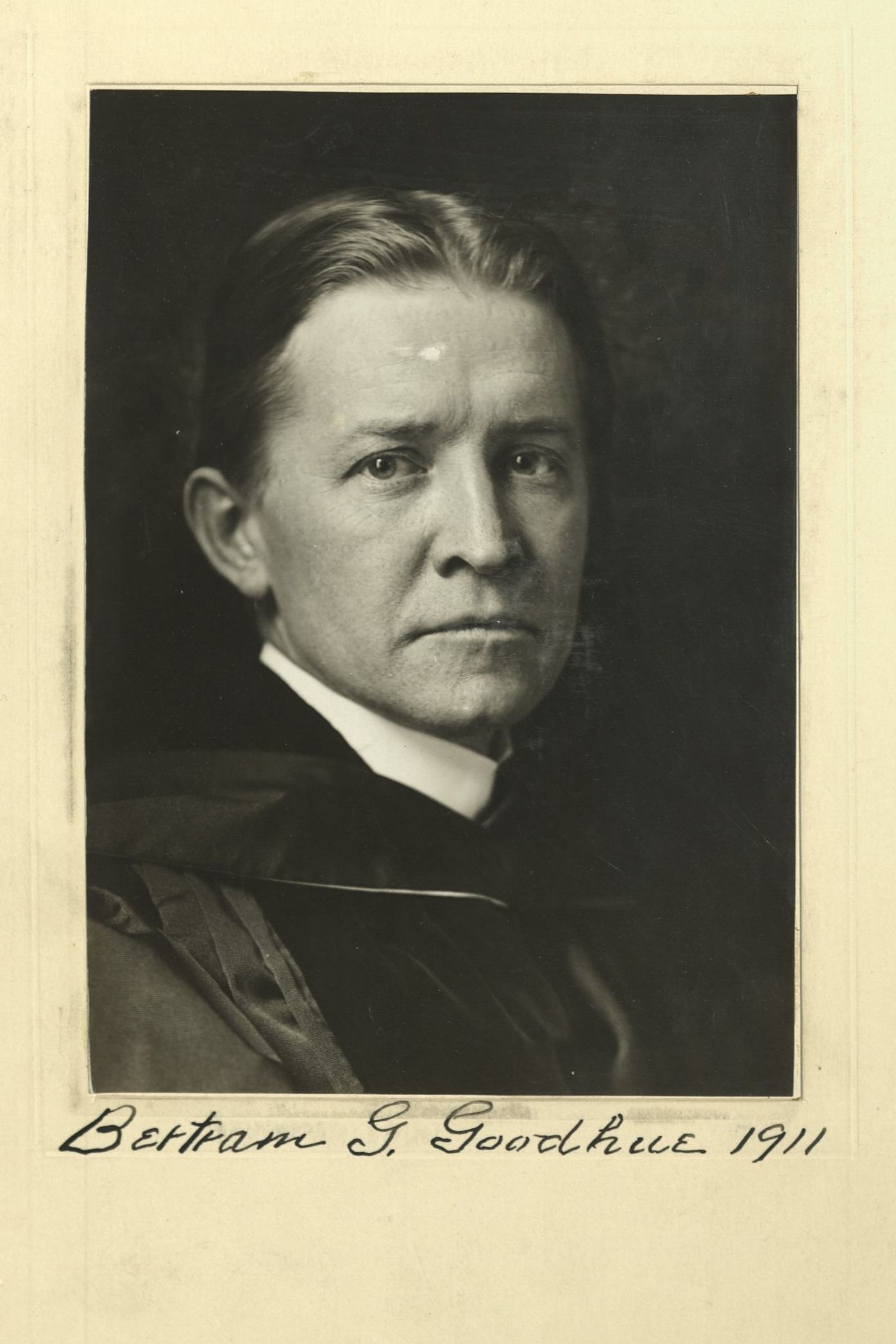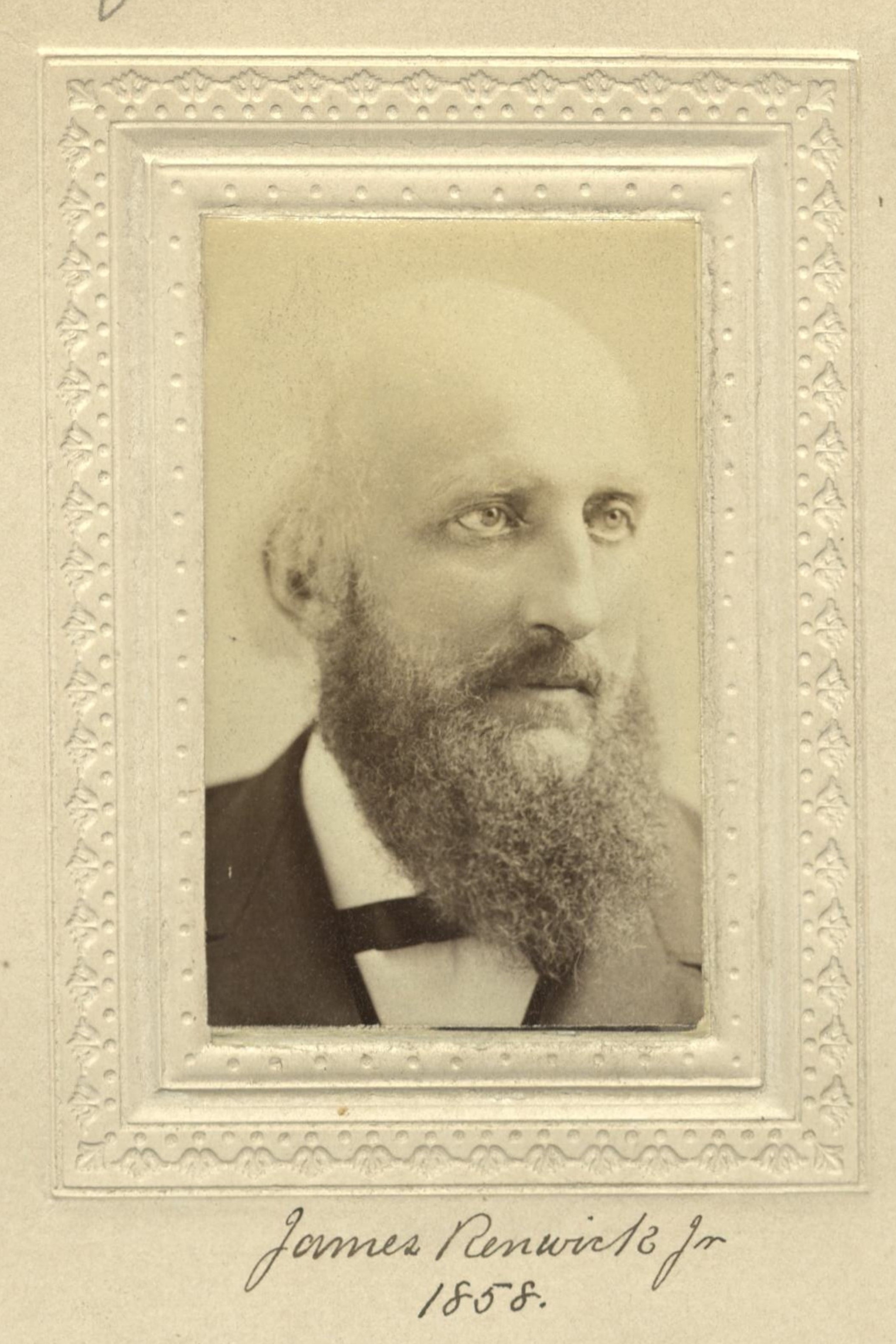Member Directory,
1847 - 1922
Ralph Adams Cram
Architect
Centurion, 1908–1942
John La Farge and John M. Carrère
Hampton Falls, New Hampshire
Boston, Massachusetts
Age forty-four
Sudbury, Massachusetts

Century Memorial
The widely varied activities that characterized the life of Ralph Adams Cram are not readily summarized in brief space. Probably only one other man has made so notable a contribution to the betterment of ecclesiastical architecture in this country as Ralph Adams Cram,—his fellow architect, Charles D. Maginnis. Opinions differ as to Cram’s personal contribution to this end. That he was generously endowed with creative imagination is unquestioned; that his partner, Bertram Goodhue, stood head and shoulders above his fellows, as much by virtue of the rare beauty of his work as by its daring originality, Cram would have been the first to admit. The exact apportionment of credit for work to which both contributed so much may well be left to the future. There is generous measure for both. Tempered by his own early struggles, without the benefit of any school training, Cram held his beliefs with a tenacity and conviction that were a true measure of their sincerity. Generous to others striving as he had to win recognition, he was never too busy to answer sudden calls to speak before student meetings, particularly at Technology, where his vivid vehemence was as stimulating as the proverbial intellectual cocktail. That the period of his greatest creative output coincided with the early beginnings of that modern movement which was the negation of all that he held sacred was only a fresh incentive to his prolific pen and pencil.
Always a storm center, singularly provocative, unhesitatingly outspoken, he was as formidable an antagonist as he was a loyal friend. There are few of his contemporaries who have not differed with him, even while admiring his courage and recognizing his scholarly defenses. Many have held that his Gothic was but the empty shell of a past for which there is no place in the world of today. But to him it was still the living force that created the guilds of old, that built the great cathedrals, the logical heritage of his beloved Byzantium. Each (to him) new revelation of architectural beauty, unearthed in his constant travels, became a priceless discovery to be shared with a hungry public, a truth so crystal-clear that it must be proclaimed to a waiting world. It mattered not whether it were the soaring logic of the Ile-de-France, the spacious plains of central Spain, or even the classic purity of Greece, to each he gave his undivided loyalty.
Yet within such catholicity of taste burned the flame of his innermost faith. If we would sense the reverent spirit of Ralph Adams Cram let us step within the doors leading to the chapel of the Society of St. John the Evangelist on Memorial Drive in Cambridge, or follow his own footsteps to the chapel at his home in Whitehall at Sudbury. Each is withdrawn from the world without. Beauty lies within the quiet walls; no discord is here, only peace.
Geoffrey Parsons
1942 Century Memorials


